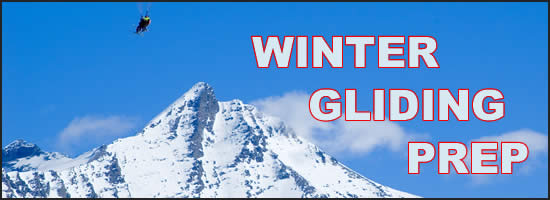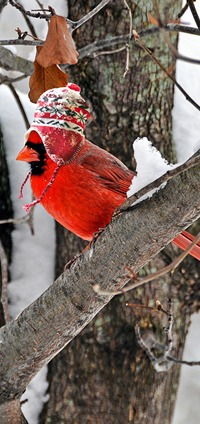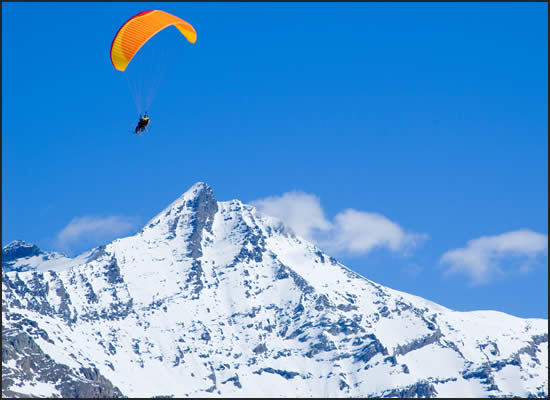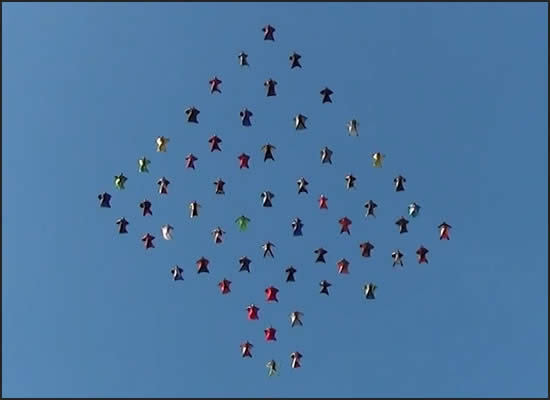 The time has once again come for all of us to pack it up or bundle up. With the cold weather upon us, it is important to know how to dress properly and know what to do if you have a backwoods landing.
The time has once again come for all of us to pack it up or bundle up. With the cold weather upon us, it is important to know how to dress properly and know what to do if you have a backwoods landing.
Most experienced pilots will tell you that when flying in the winter a big part of the experience is to stay as warm as possible. The second most important objective is to prepare for an unexpected landing in an undesirable location. Surviving the walk out is as just as important as dressing for warmth. Without preparation, you could be hurting.
When flying in the winter, you should dress in three or more layers of loose-fitting, light weight, warm clothing. Outer layers should be tightly woven and water-repellent. Down is a good insulator but is ineffective once it becomes wet and should be avoided as part of your flight suit. The middle layer should consist of wool to absorb sweat and retain insulation. An inner layer of cotton such as thermal underwear will allow ventilation while allowing moisture to escape. The loosely fitting layers will trap air and act as an insulator.

While clothing protects 90% of our body, your hands and feet should be protected even more. Frost nip hands and feet can make maneuvering and landing painful. For hang glider pilots, bar mitts are well worth the investment. Gloves and boots should be made of lightweight, wind resistant, and water proof material. The best boot to have is one with ankle support and a hiking tread. Buy your winter boots one half-size too large so you can wear extra thick socks or two pairs at once.
A common mistake is not preparing for the emergencies that can arise during winter flying. Although most pilots dress warmly, they do not carry an emergency survival landing kit because of the additional weight. Aerodynamic physics says that the extra weight of jackets and winter boots can increase drag, increase your minimum sink speed, and affect glider performance. It is a mistake to think that this extra weight will greatly affect your winter flying. For every 10 Lbs. of additional gear, your sink rate increases by only 4 feet per minute. For winter flying you will need to increase your flying weight by about 10 Lbs. to 12 Lbs. which includes your additional clothing, boots, and survival kit.
It is best to be warm than to be sorry. With a little forethought and effort, all of the survival kit items can be stored in the pockets of your harness.
Emergency landing survival kit.
- Cell phone and/or 2-way Radio, extra batteries ~ solar charger
- Emergency transponder such as a Spot device
- Extra wool socks
- Extra gloves that are water proof
- Waterproof matches
- Compass (even if flying with GPS)
- Carbohydrates such as trail mix or candy bars / bottled water
- Penlight or head lamp
- Lightweight rescue blanket. Pack two if you have the room
- A close-fitting woolen cap preferably with a full-face mask
- Lightweight/Compact Medical Kit
- Whistle – for alerting search parties if you are unable to walk out and for scaring bears
- Friend or family member who knows the area you are flying and what time you are expected to return .
Following this advice may not save your life but it can increase your odds of getting to a safe place.
(Originally Published October 2009;)




